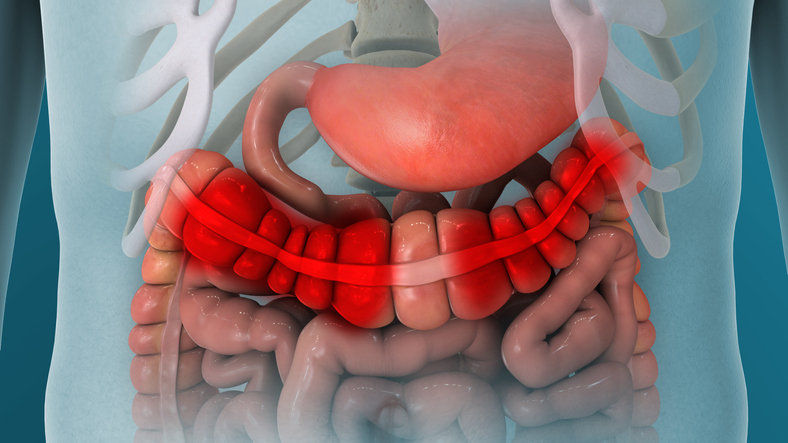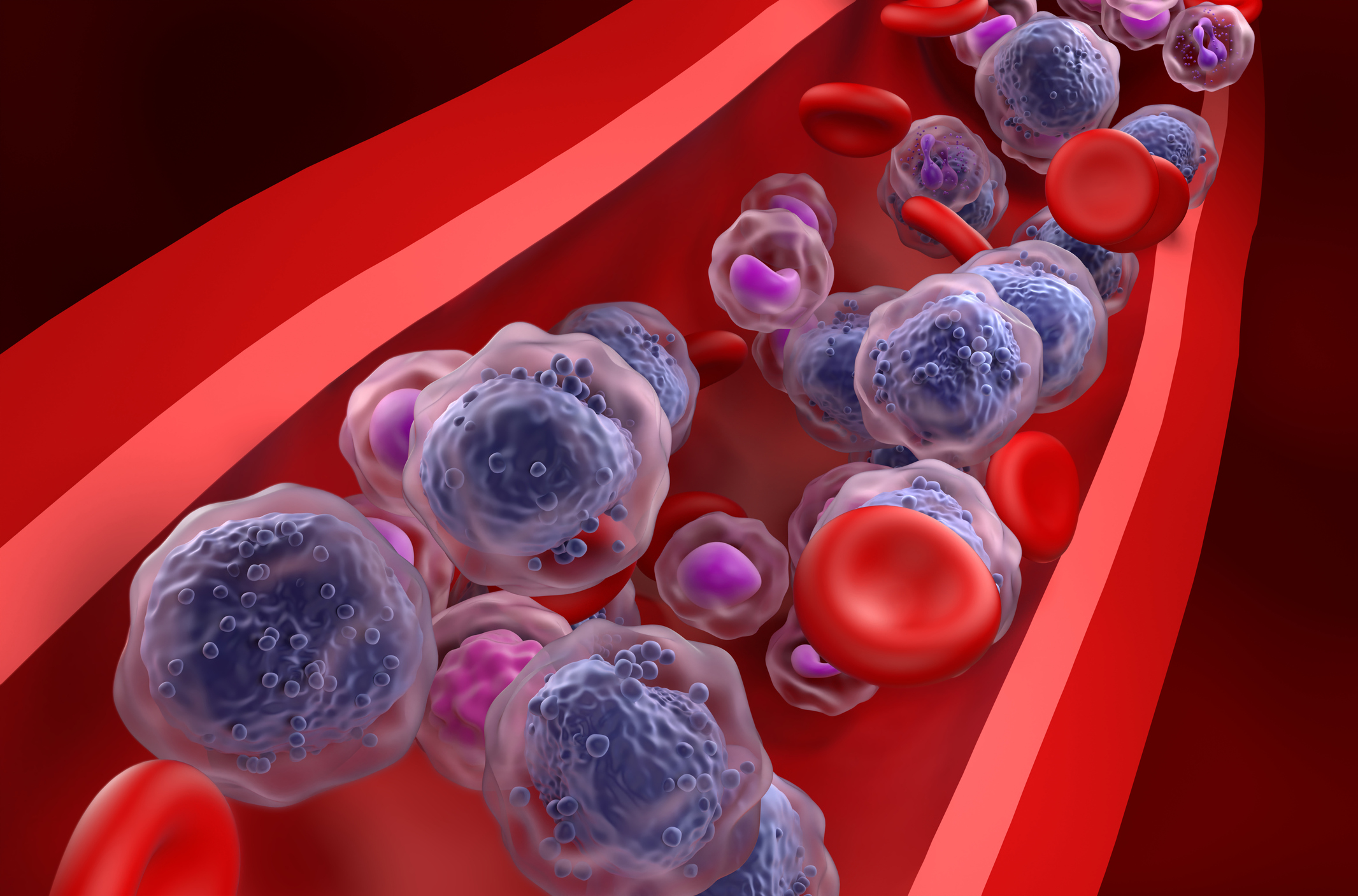
New research is paving the way for a molecular classification of myelodysplastic syndrome (MDS), but many challenges remain, said Luca Malcovati, MD, of the University of Pavia in Italy, during a presentation at the 10th Annual Meeting of the Society of Hematologic Oncology.
“The ultimate goal of a classification system is to recognize diseases that are clearly defined, clinically distinctive, non-overlapping, and collectively exhaustive,” he said.
The classification process is mainly based on two processes, class discovery and class prediction.
“In MDS, diagnosis and classification have been—so far—mainly relying on a combination of bone marrow myelodysplasia and a proof of clonal hematopoiesis through selected cytogenetic abnormalities that we recognize to be specific for MDS and are class disease defining,” Dr. Malcovati said. “However, these disease-defining cytogenetic abnormalities are just detected in a minority of patients, whereas morphological parameters are in principle supposed to reflect the underlying biology of the disease but are unavoidably introducing a source of heterogeneity and inaccuracy in the classification process.”
Recent advances in the understanding of the molecular basis of MDS have been offering “relevant hints for developing and implementing molecular classification,” but this is not without its accompanying challenges, he said. Many cases of MDS arise from an accumulation of multiple genetic lesions, with a patient’s overall number of lesions correlating with their proportion of bone marrow blasts and their clinical prognosis.
The genetic landscape of MDS has recently been defined within the framework of the International Working Group for MDS. It is “extremely detailed,” including more than 100 genetic abnormalities, but is also “extremely complex,” Dr. Malcovati said.
“Very recently, two independent initiatives addressed potential revisions in the classification of MDS, the [World Health Organization] and the International Consensus Classifications, with a broad convergence, but with some divergence,” he said.
For example, both groups recognized MDS with a chromosome 5q deletion as a “distinct genetic entity,” with the subtype “representing a paradigm for a genetically defined subtype of MDS,” Dr. Malcovati said.
Both groups have also recognized subtypes of MDS that involve mutations in SF3B1 or TP53, but with some divergence on specific diagnosis requirements, he said.
While much progress has been made in the molecular classification of MDS, many open questions remain, Dr. Malcovati said.
“Are we ready to recognize MDS just on the basis of genetic profile, avoiding the use of clinical indicators such as myelodysplasia? Probably we are close, but not yet. But in the near future, I think this will be the direction,” he concluded. “Second, we are currently missing at the clinical level, the assessment of extra clonal variables and in particular, the microenvironment, which is probably very relevant in MDS. And this is an additional area that we need to better understand in order to move toward a completely molecular classification of MDS.”






 © 2025 Mashup Media, LLC, a Formedics Property. All Rights Reserved.
© 2025 Mashup Media, LLC, a Formedics Property. All Rights Reserved.